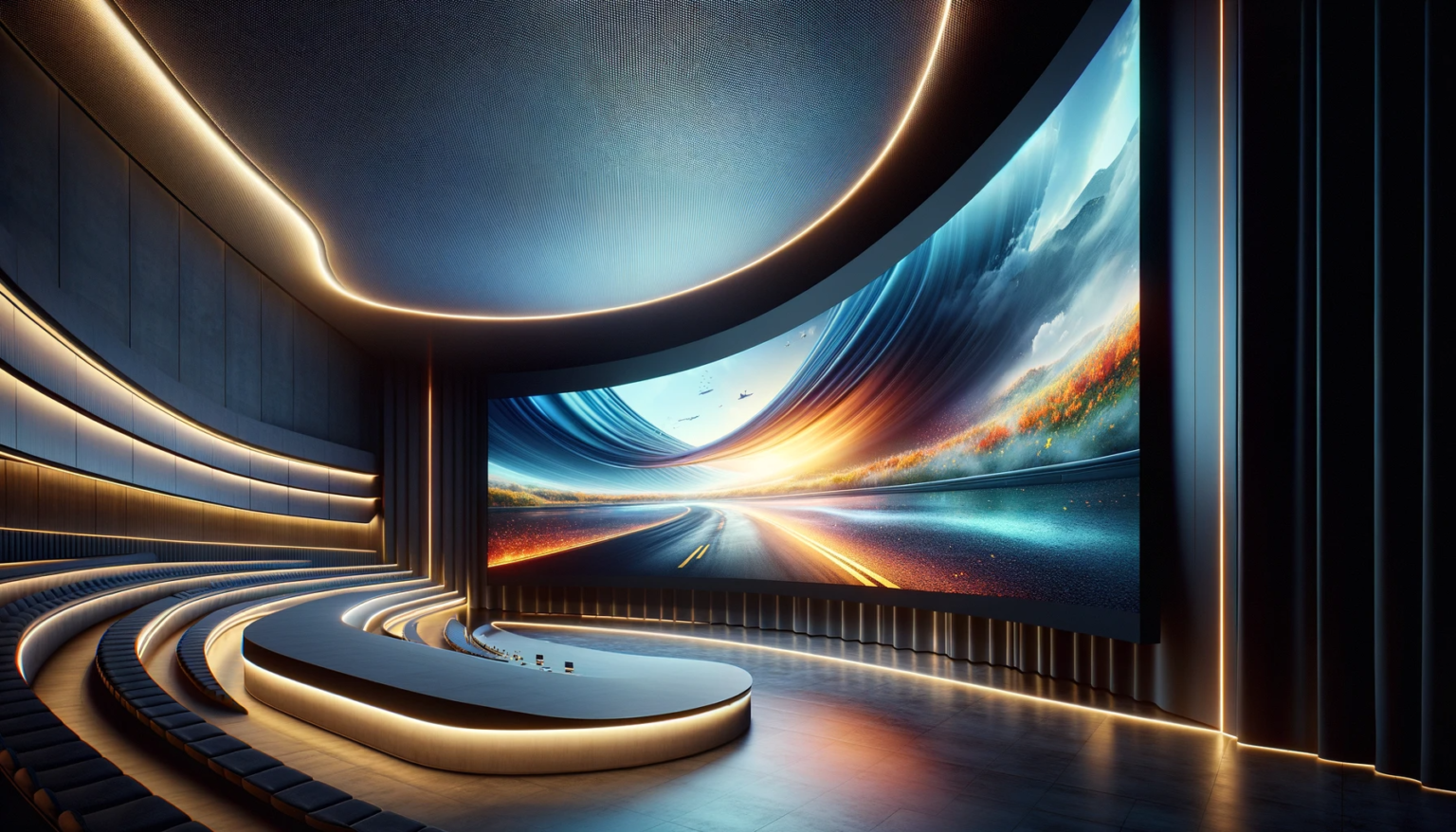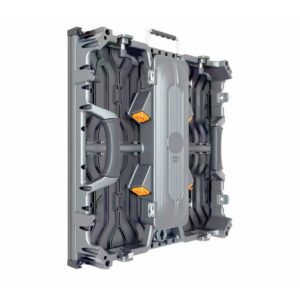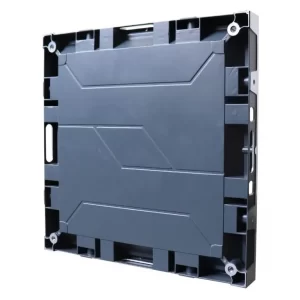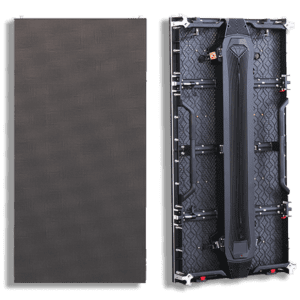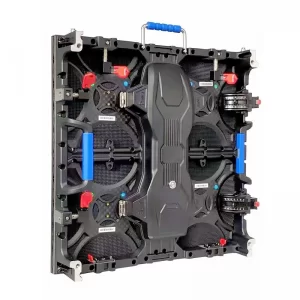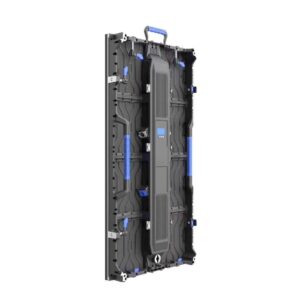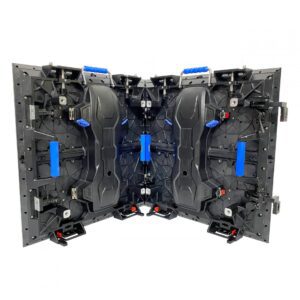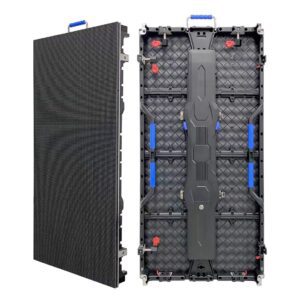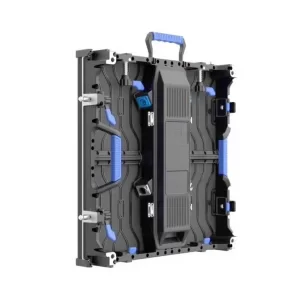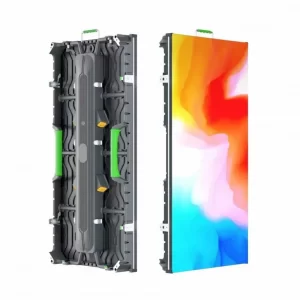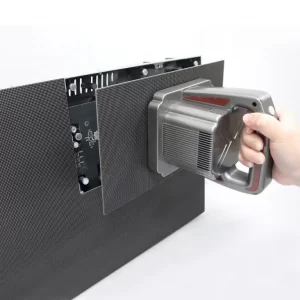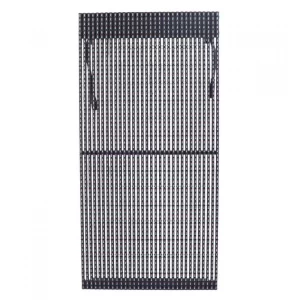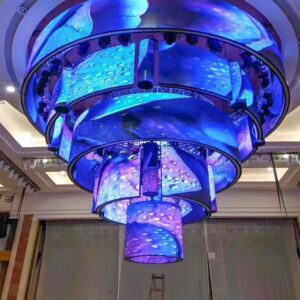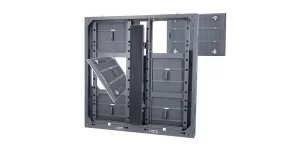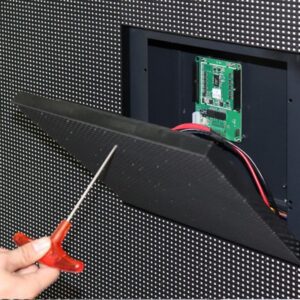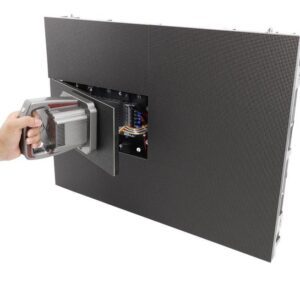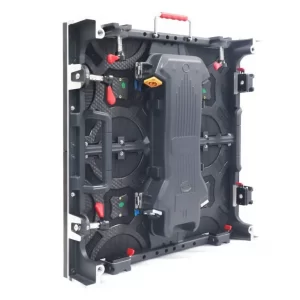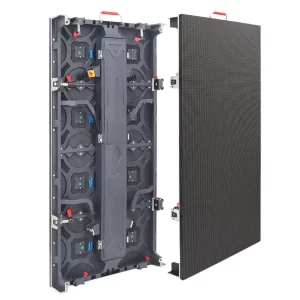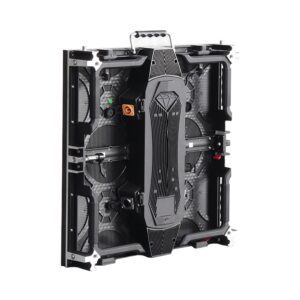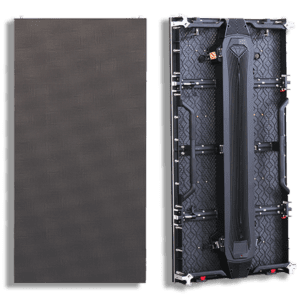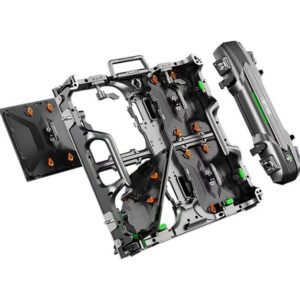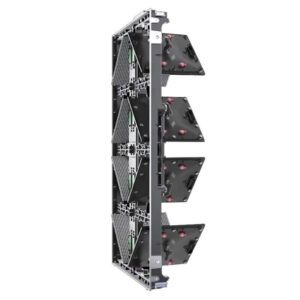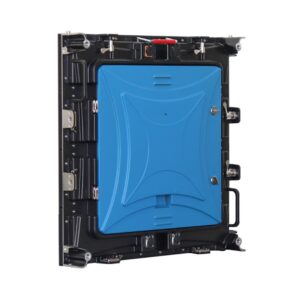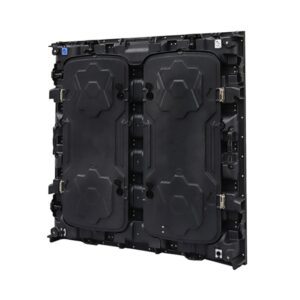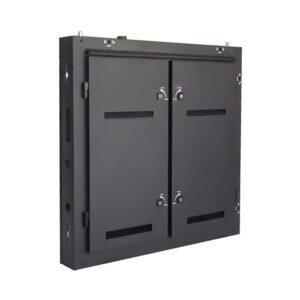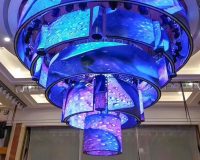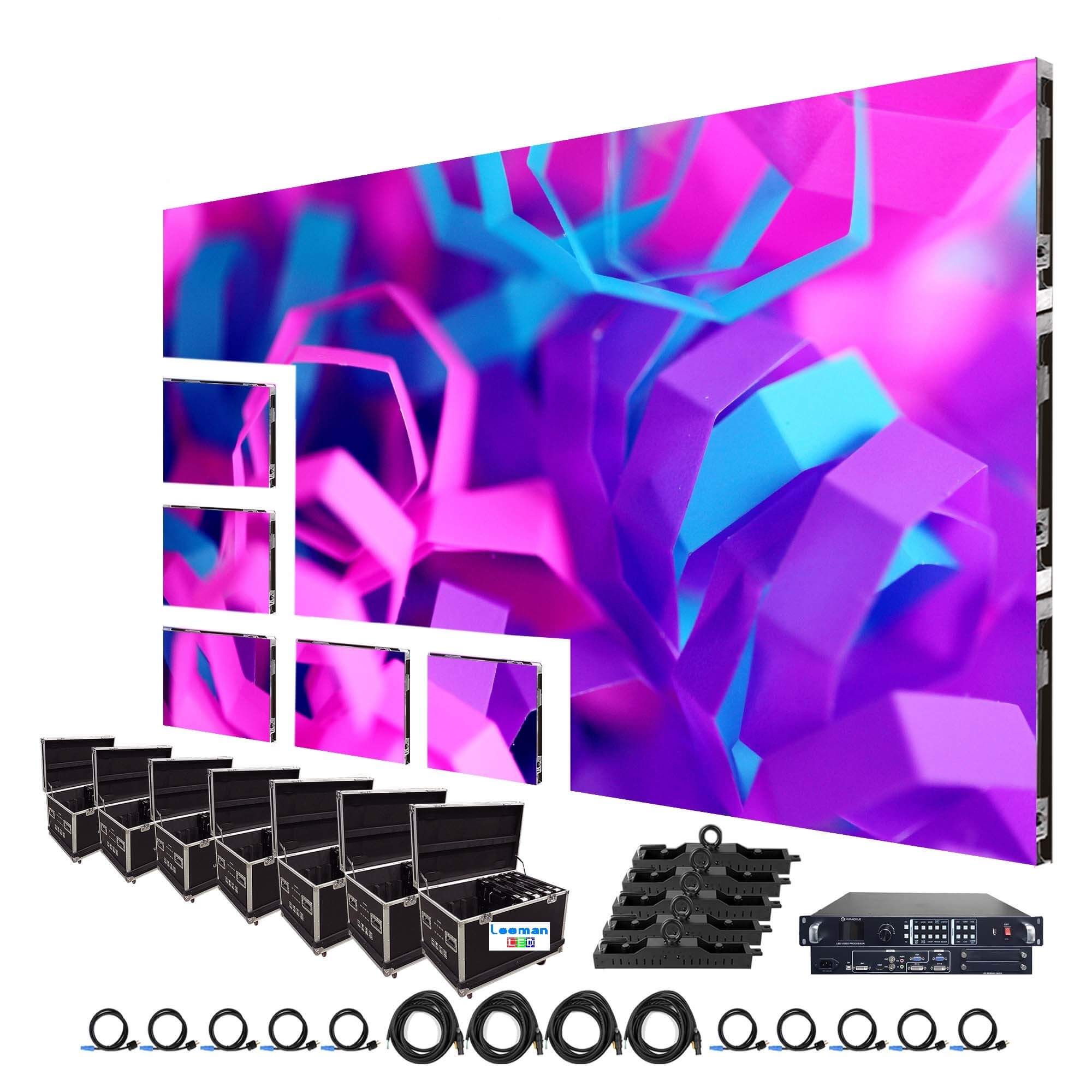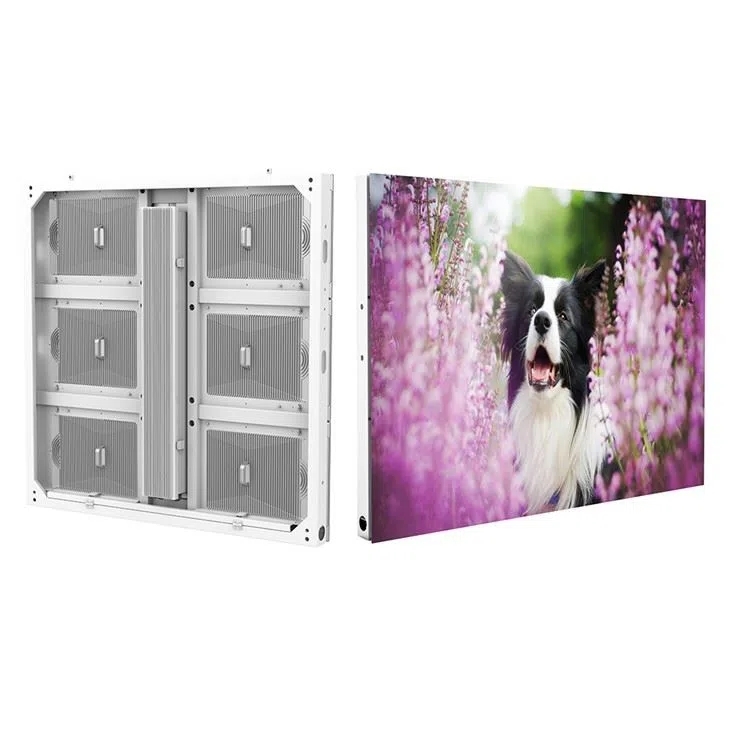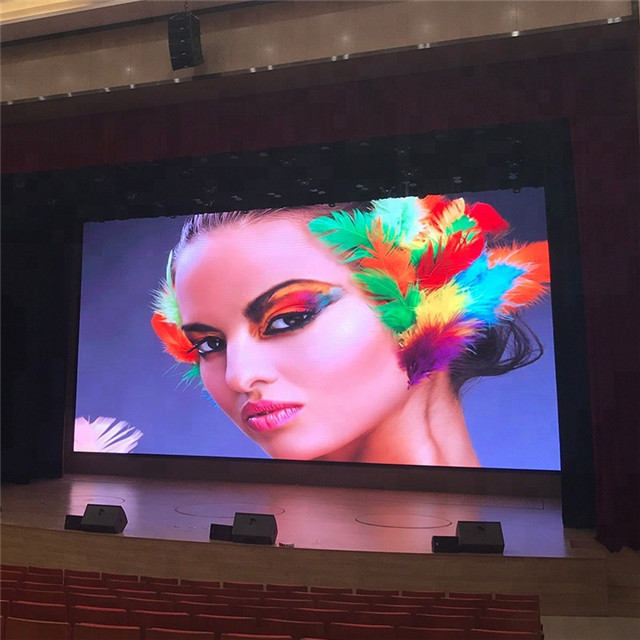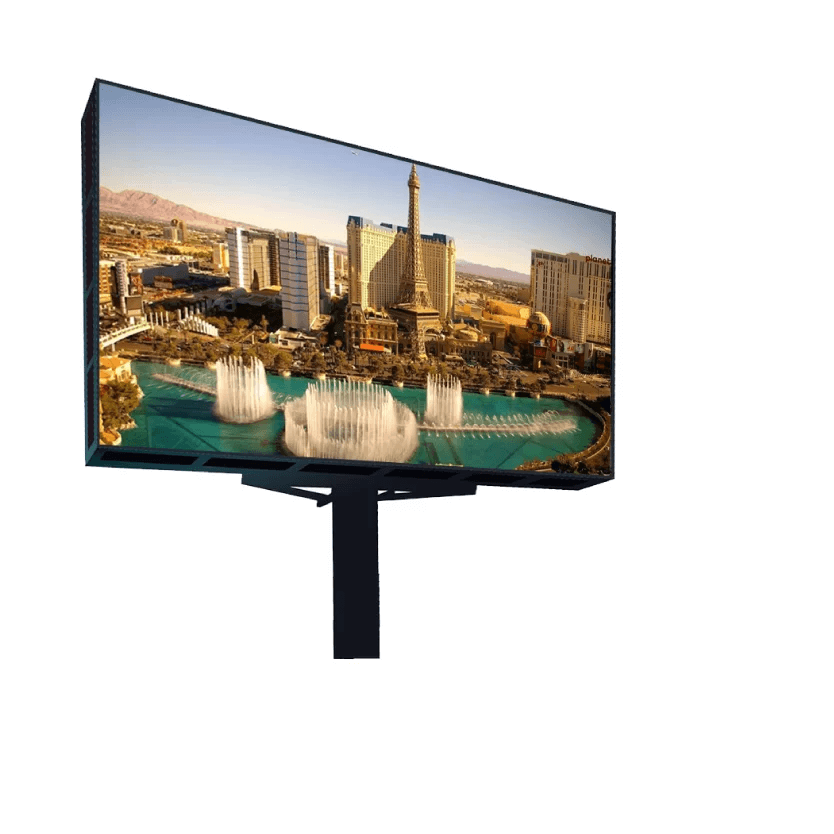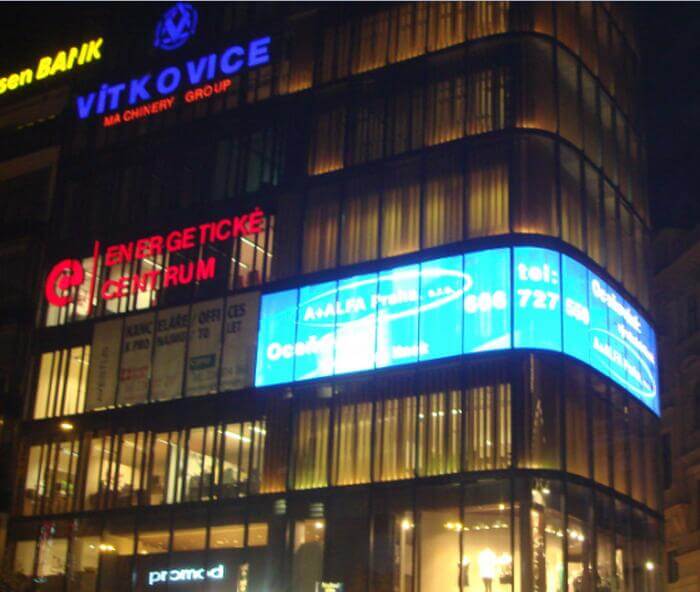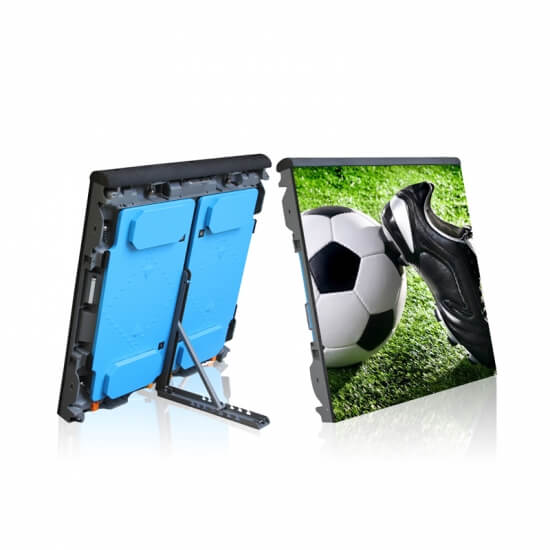Bendable vs. Curved LED Screens: What’s the Difference?
LED screens have become ubiquitous in our daily lives, gracing everything from commercial displays to sporting arenas.
But within the realm of LED screens, there are distinctions to be made, particularly between bendable and curved varieties.
While both offer advantages over traditional flat screens, their capabilities and applications differ.
Curved LED Screens: A Familiar Embrace
Curved LED screens, as the name suggests, possess a pre-defined curvature. This curvature offers several benefits:
-
Enhanced Viewing Experience: The gentle curve mimics the natural curve of the human eye, creating a more immersive viewing experience. This is particularly advantageous for applications like gaming or cinematic displays.
-
Improved Peripheral Vision: By conforming to the user’s field of view, curved screens reduce the need for excessive head movement, resulting in a more comfortable viewing experience.
-
Space Optimization: Curved screens can be designed to seamlessly integrate into curved surfaces or corners, maximizing space utilization, especially in public areas.
Limitations of Curved LED Screens
While curved LED screens boast significant advantages, they come with a few limitations:
-
Limited Flexibility: Curved screens offer a fixed curvature, restricting their adaptability to various shapes and surfaces.
-
Potential Distortion: Depending on the viewing angle, content on the edges of a curved screen might appear slightly distorted.
Bendable LED Screens: Taking Shape
Bendable LED screens address the limitations of their curved counterparts by offering exceptional flexibility:
-
Unmatched Shape Potential: Unlike curved screens, bendable LED screens can be molded to fit a wider range of shapes and curvatures. This opens doors for creative installations on columns, cylindrical structures, or even irregular surfaces.
-
Enhanced Design Freedom: The flexibility of bendable screens empowers designers and architects to create unique and eye-catching displays.
Considerations for Bendable LED Screens
While bendable LED screens offer unmatched versatility, some factors require consideration:
-
Durability: The delicate nature of the bendable panels might necessitate more careful handling during installation and use.
-
Image Quality: Maintaining consistent image quality across a significantly bent surface can be a challenge.
Conclusion:
Ultimately, both curved and bendable LED screens represent advancements in display technology.
Understanding their strengths and limitations will guide you towards selecting the perfect screen for your project.
LEEMAN LED is a leading provider of high-quality curved and bendable LED screens.
Explore their extensive selection of indoor and outdoor displays, all designed to deliver stunning visuals and unmatched flexibility.

